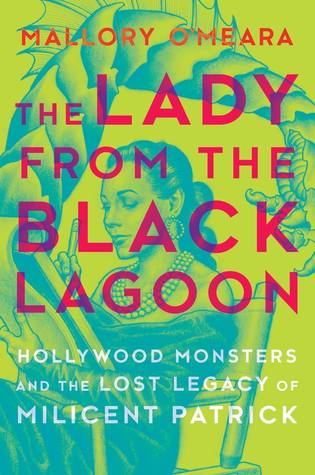More on this book
Community
Kindle Notes & Highlights
Read between
August 4 - August 7, 2019
We need women to be allowed to be simply good at what they do. We need them on set, in meetings, behind cameras and pens and paintbrushes. We need them to be themselves, to be human: ordinary and flawed. That way, more girls can see them and think “I can do that.” That way, no one can look at them and say “She got that job because she’s beautiful. She just got that gig because she slept with someone.” Actually, she got hired because she was damn good.
Women don’t need an idol to worship.68 We need a beacon to walk toward.
Never, ever underestimate the power of nerds. Nerds of all shapes and sizes make this world go round.
felt like Indiana Jones in a sacred, nerdy temple except I wasn’t planning on stealing anything, or wearing a hat.
Monster stories are powerful. They explore prejudice, rejection, anger and every imaginable negative aspect of living in society. However, only half of society is reflected in the ranks of the people who create these monsters.
Women rarely get to explore on-screen what it’s like to be a giant pissed-off creature. Those emotions are written off. If a woman is angry or upset, she’ll be considered hysterical and too emotional. One of the hardest things about misogyny in the film industry isn’t facing it directly, it’s having to tamp down your anger about it so that when you speak about the problem, you’ll be taken seriously. Women don’t get to stomp around like Godzilla. Someone will just ask if you’re on your period.
Hysteria is a ridiculous, bogus medical term that is still in use today. It originated with an ancient Greek belief that all disease started in the uterus, a belief that many Republican lawmakers continue to uphold.
Women don’t get to be colossal monsters. Women don’t get to fuck shit up. Women don’t get to explore their rage on a catastrophic scale on the big screen, at least in a way that passes the Bechdel test.
Women need to be able to see themselves reflected in the monsters playing out these emotions on the big screen. Our only options shouldn’t be either banishment to a shack in the woods or growing fangs and becoming part of a bloodthirsty sister-wife troupe.
Growing up a horror fan is harder when you’re a girl. You have very few role models and they generally all look the same. They’re white, they’re beautiful, they’re thin, they’re straight, they’re able-bodied, and they only fight the monster because they have to, because everyone else has been killed off.
Why is she the only classic monster designer in contention, the only one that people deem unlikely? Because she is, well, a she.
The best monster films don’t just parade some sort of terrifying beast in front of your eyes. They pull at a hidden element of your mind, a part that feels ugly, or afraid, or lonely. They give it flesh and blood, and sometimes sharp teeth.
At what point are women forgiven for not being supernaturally resilient Amazons who spend all their waking hours fighting injustice?
Everyone deserves the catharsis of seeing themselves crushing a building. Everyone deserves to see themselves with terrible power and agency. Everyone also deserves to see themselves battling the creatures with terrible power and agency. We need female characters, asexual characters, fat characters, nonbinary characters, queer characters, characters of color, disabled characters, trans characters as both monsters and the heroes fighting them.
Milicent Patrick was a woman before her time. That time is now.


